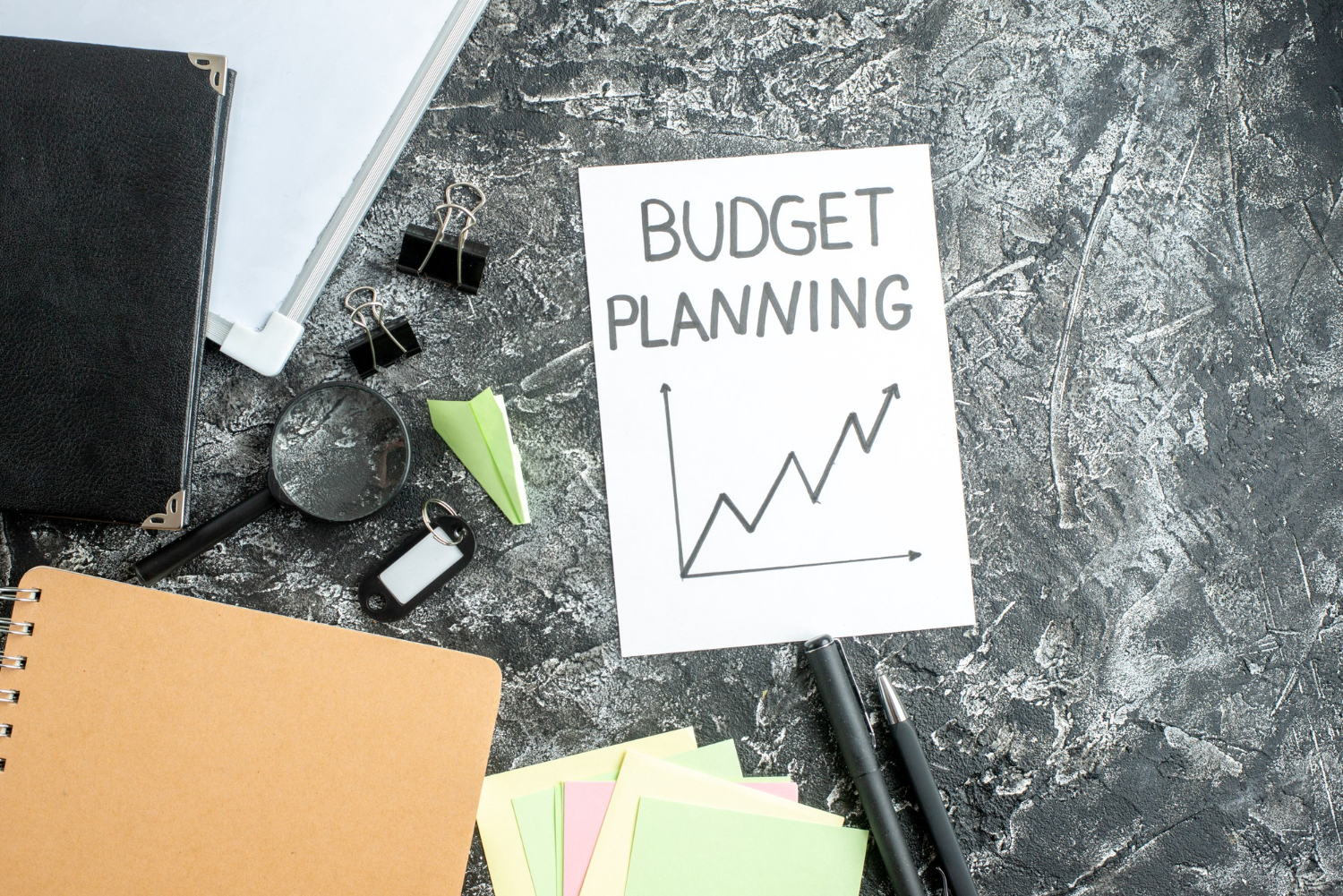
Creating a budget is an essential skill that can help you manage your money effectively. Whether you’re saving for a new gadget, planning for college, or aiming to pay off debt, following these 20 straightforward steps will guide you through the process of creating a budget that fits your needs.
1: Set Financial Goals
Start by defining your financial goals. Determine what you want to achieve with your money, whether it’s saving for a vacation, building an emergency fund, or paying off loans. Clear goals will give your budget direction and purpose.
2: Assess Your Current Financial Situation
Take stock of your current financial situation. Calculate your income from all sources, including wages, allowances, or any additional income streams. Also, gather information on your existing expenses, such as bills, groceries, entertainment, and transportation.
3: Track Your Spending
To understand where your money goes, track your expenses diligently. Keep records of all your expenditures, whether it’s through a budgeting app, spreadsheet, or simply jotting down in a notebook. This step helps identify areas where you can potentially save.
4: Categorize Your Expenses
Categorize your expenses into fixed and variable categories. Fixed expenses are those that remain constant each month, like rent or mortgage payments, while variable expenses fluctuate, such as groceries or entertainment.
5: Differentiate Between Needs and Wants
Distinguish between essential needs and discretionary wants. Essential needs encompass fundamental requirements such as housing, food, utilities, and transportation. Wants are non-essential items like dining out, shopping for non-essentials, or entertainment.
6: Prioritize Your Financial Obligations
Once you’ve categorized your expenses, prioritize your financial obligations. Allocate funds towards essential needs first, ensuring they are covered before budgeting for discretionary spending.
7: Calculate Your Disposable Income
Calculate your disposable income by subtracting your total expenses from your total income. This is the amount of money left over after covering all essential and prioritized expenses.
8: Set a Budget for Each Category
Allocate specific amounts to each expense category based on your disposable income. Use percentages or fixed amounts, adjusting as necessary to ensure your total expenses do not exceed your income.
9: Plan for Savings
Include savings as a non-negotiable expense in your budget. Set aside a portion of your income each month towards savings goals, such as an emergency fund, retirement savings, or specific financial milestones.
10: Create a Budget Calendar
Establish a budget calendar to plan and track your income and expenses throughout the month. This helps ensure you stay on track with your budgeting goals and allows for adjustments as needed.

11: Monitor Your Budget
Regularly monitor your budget to track your spending against your planned expenses. Review your budget weekly or biweekly to identify any areas where adjustments may be necessary.
12: Adjust Your Budget as Needed
Be flexible with your budget and adjust as circumstances change. Life events, unexpected expenses, or changes in income may require modifications to your budget plan.
13: Use Budgeting Tools
Utilize budgeting tools and applications to simplify and enhance your budget management efforts. Many tools offer features like expense tracking, budget categorization, and financial goal setting to help you manage your finances effectively.
14: Plan for Irregular Expenses
Factor in irregular expenses, such as annual subscriptions, car maintenance, or holiday gifts, into your budget. Allocate funds monthly towards these expenses to avoid financial strain when they arise.
15: Pay Down Debt Strategically
If you have debt, prioritize paying it down strategically within your budget. Consider methods like the debt snowball (paying off smaller debts first) or debt avalanche (tackling debts with the highest interest rates first) to accelerate your debt repayment.
16: Review Your Budget Regularly
Regularly review your budget to ensure it aligns with your financial goals and priorities. Make adjustments as necessary to optimize your spending and savings habits.
17: Seek Ways to Increase Income
Explore opportunities to increase your income, such as freelance work, part-time jobs, or passive income streams. Additional income can supplement your budget and accelerate progress towards your financial goals.
18: Practice Smart Spending Habits
Develop smart spending habits, such as comparison shopping, using coupons or discounts, and avoiding impulse purchases. These habits can help stretch your budget further and save money over time.
19: Celebrate Milestones
Celebrate milestones and achievements in your budgeting journey. Whether it’s reaching a savings goal, paying off a credit card, or sticking to your budget for several months, acknowledge your progress and stay motivated.
20: Stay Committed and Adapt
Budgeting is a continuous process that requires commitment and adaptability. Stay focused on your financial goals, adjust your budget as needed, and embrace the discipline of managing your money effectively.
You can also read : Pay Off Debt Fast: A Step-by-Step Guide
Conclusion
Creating a budget in 20 easy steps can seem daunting at first, but by breaking down the process into manageable tasks, you can gain control over your finances and achieve your financial goals. Start with setting clear objectives, understanding your income and expenses, prioritizing essential needs, and planning for savings and debt repayment. Regularly monitor your budget, adjust as circumstances change, and adopt smart spending habits to maximize your financial success. With dedication and persistence, you can build it that empowers you to make informed financial decisions and secure your financial future.